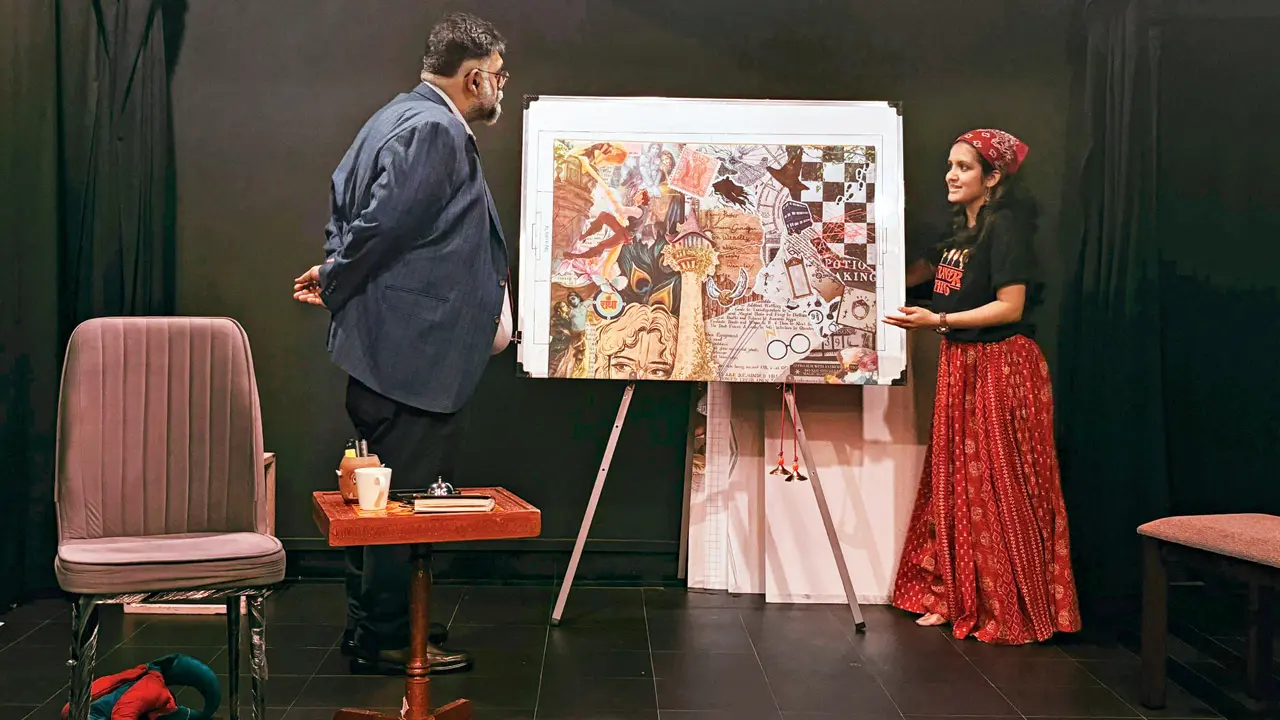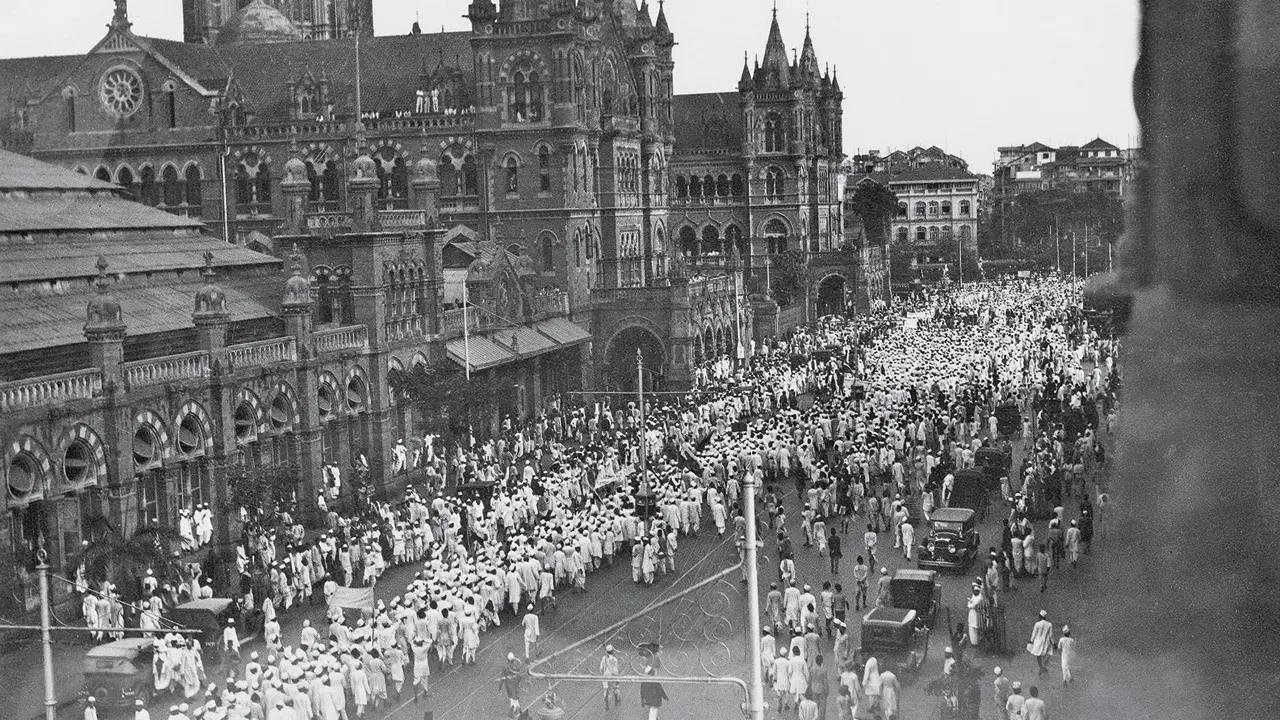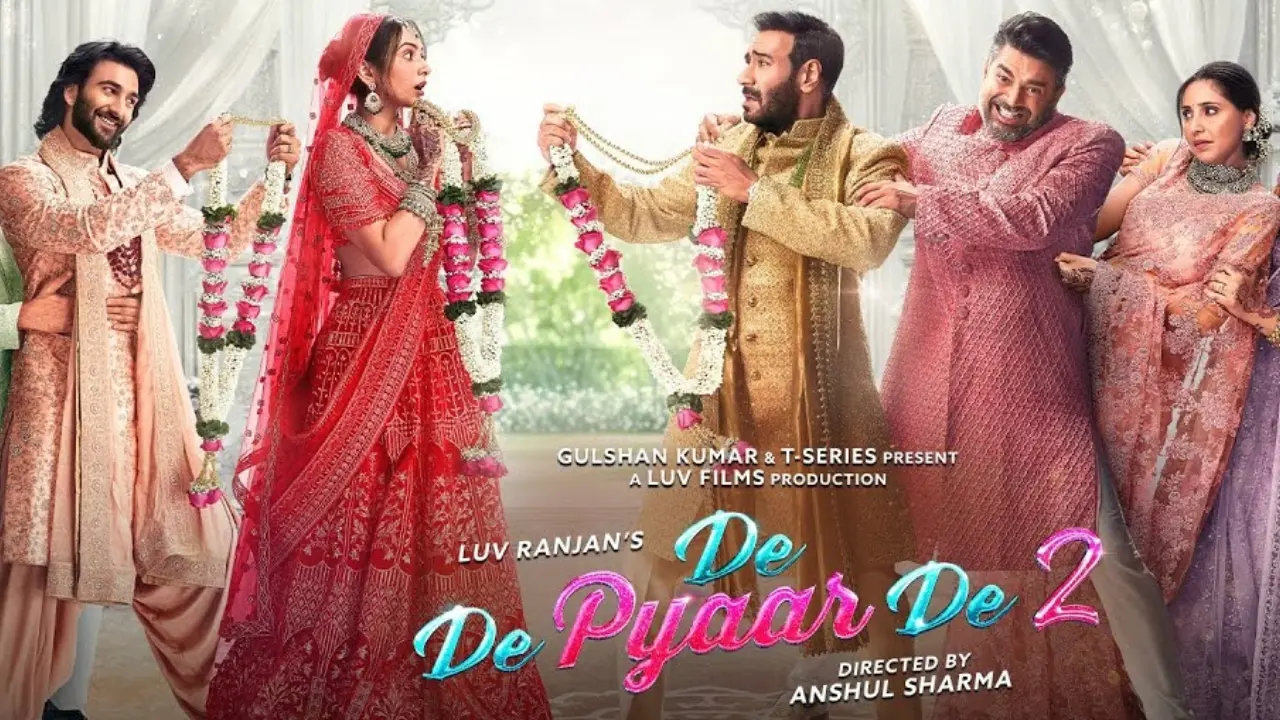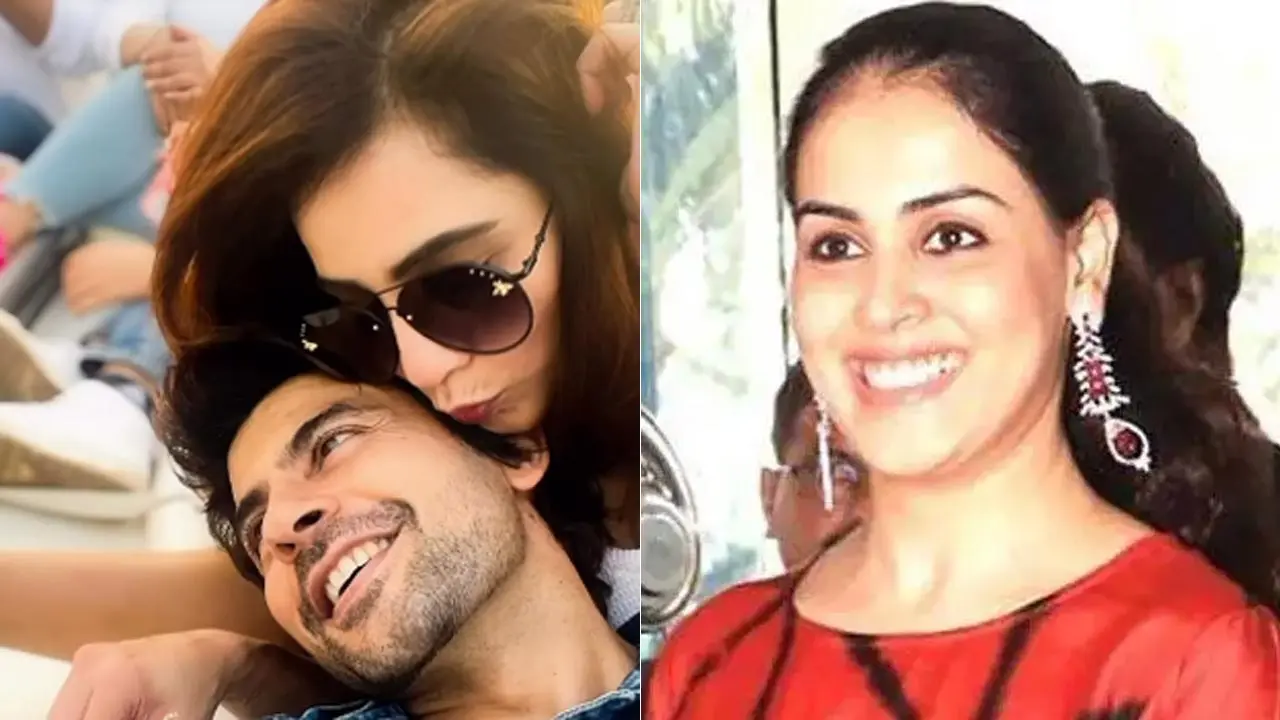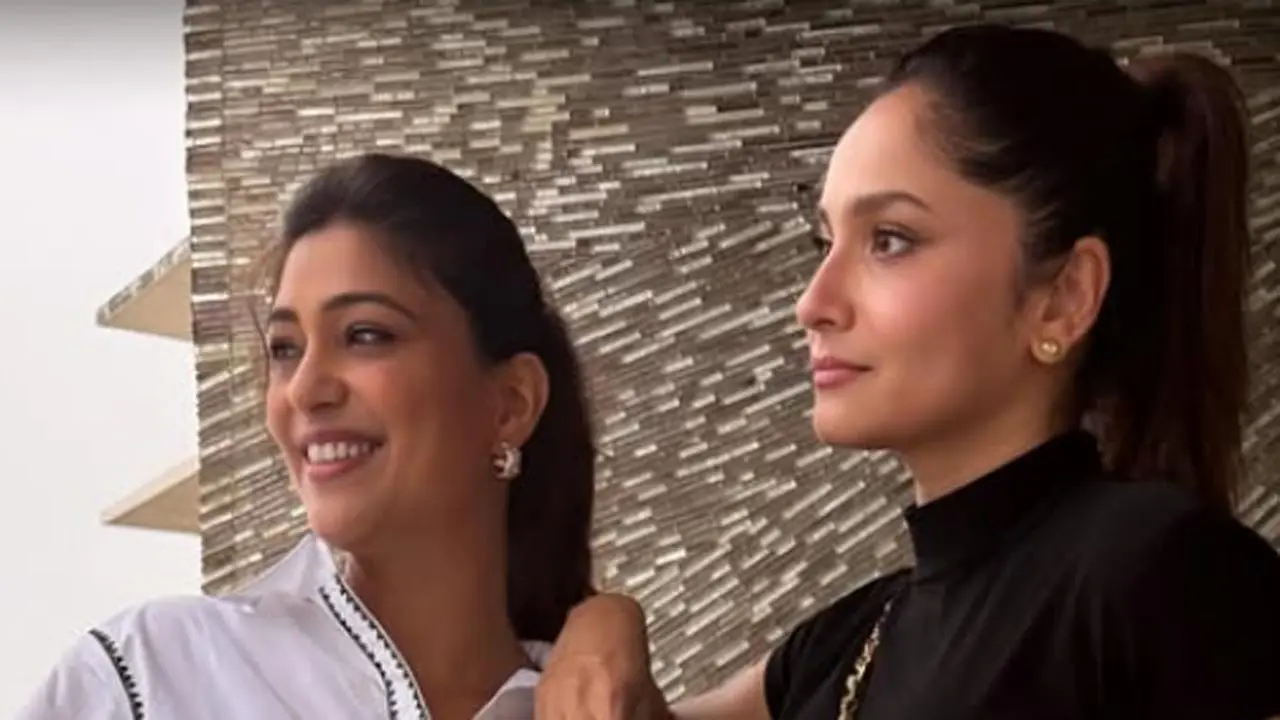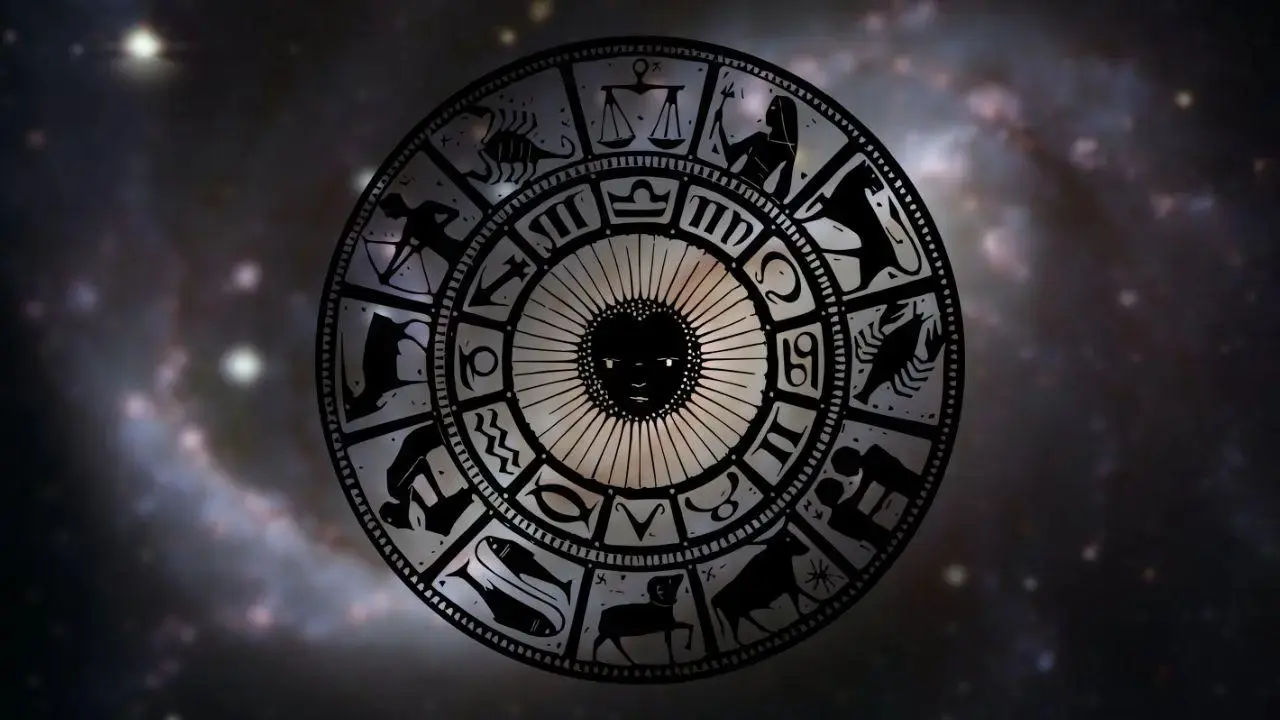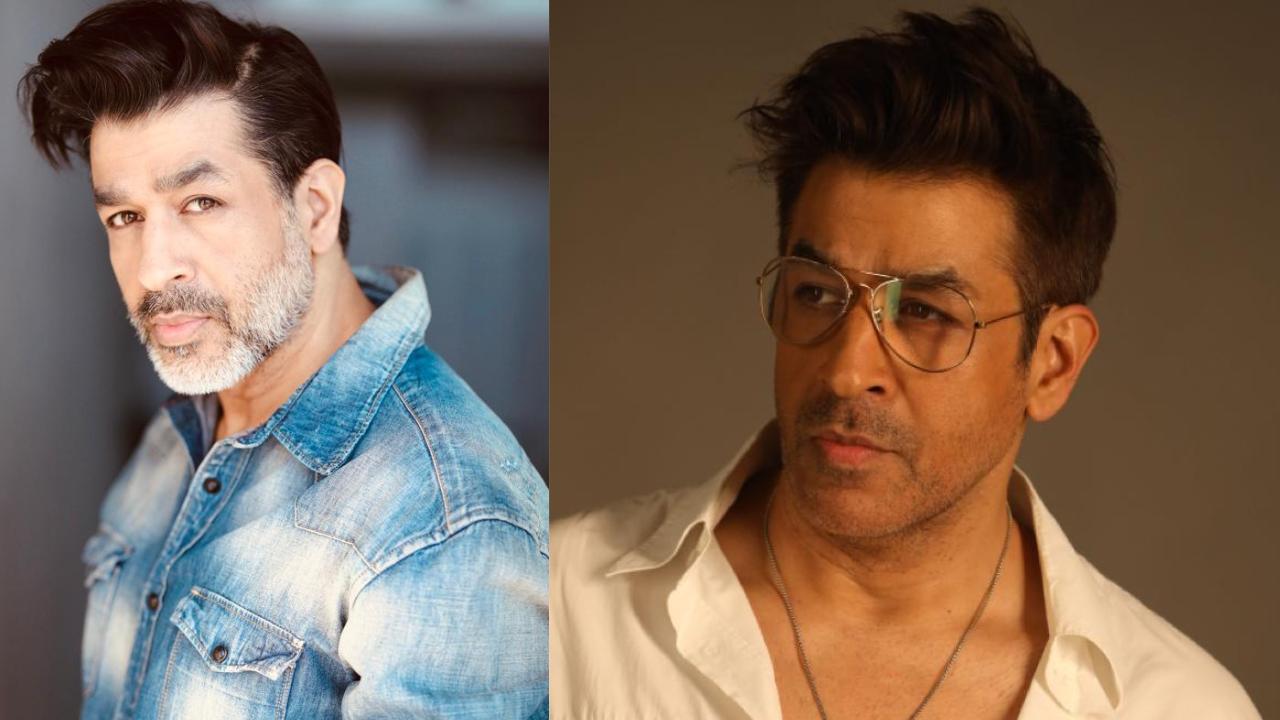
On Gandhi Jayanti today, we’re reflecting on an almost absurd thought. What would the self-confessed minimalist make of digital and AI art? While Gandhi couldn’t possibly have predicted the AI craze, it turns out he did leave us a line in a Young India article dated 1924: “I know that many call themselves as artists, and are recognised as such, and yet in their works there is absolutely no trace of the soul’s upward urge and unrest.” Now, we’re not hijacking the Mahatma’s birthday to debate real art, but to highlight it. A group of artists from across the city, carrying that very ‘soul’s upward urge and unrest,’ are coming together to pay tribute to Gandhi on his 156th birth anniversary today.
Artwork on wood, Journey from Sacrifice to Mahatma
Last month, the Gandhi Film Foundation Art Centre at Mani Bhavan in Gamdevi invited artists of all ages and backgrounds to submit their interpretations of Gandhi’s life, principles, and the freedom struggle through art. The city responded with a wealth of designs. “The idea has always been to shine a light on grassroots artists that you wouldn’t expect to see in major galleries,” says curator Sanjay Nikam.
One of these artists is 25-year-old Pornima Mohite who hails from Dharashiv (formerly Osmanabad) district in Marathwada. Her painting on wood reflects three core values Gandhi championed: peace, unity, and sacrifice. “Choosing wood as my canvas connects to his belief in staying true to the grassroots. I read a passage in his autobiography where he says the way to purify your practice is by doing less and removing complexities, not by doing more. That’s a principle I’ve applied in my art as well,” she says.
Swarnali Singh is a depiction of the 1921 boycott of foreign goods in Bombay
Mohite’s artwork shows Gandhi at the charkha, dressed in his simple attire, set against the foreground of a Rs 10 note. “He’s looking down because he is focused on the work itself, without expecting anything in return,” Mohite explains. The piece is full of subtle details. The three core values she highlights are tucked into different parts of the note, and for those paying close attention, there’s even a numerical Easter egg hidden within. While Mohite’s painting reflects Gandhi’s calm, 43-year-old artist Swarnali Singh says she wanted to capture the fire that burned within him.
Dr Vandana Nihalani, Sanjay Nikam and Pornima Mohite
Swaraj Swadeshi, her canvas submission to the exhibition is a reminder of the 1921 burning of foreign goods in erstwhile Bombay, that was central to the Swadesi Movement. “The fire shows the rage that was burning in the hearts of the suppressed masses in pre-Independence India. I have intentionally shown a mild fire in line with the philosophy of non-violence. The burning hats and trousers depict the shedding of false pride and elitism, bringing them back to the roots and invoking the spirit of patriotic duty,” Singh shares.
Among the many submissions from art students and professional artists, Dr Vandana Nihalani stands out for her unique connection with Gandhi’s ideals. The Navi Mumbai-based doctor spends her mornings caring for patients, and by evening she turns to the canvas to teach art. “During the COVID-19 lockdown, there was a long stretch when children were growing increasingly anxious from being confined at home. It was difficult to calm them down. I started with online art classes to keep them engaged, and now I continue to take sessions regularly,” she explains.
Swaraj Swadeshi
Her own artwork features four footsteps of Gandhi, each symbolising a value he held dear. The charkha for self-reliance, a cane for unwavering resolve, a plant for peace and eyeglasses for vision. “The footsteps lead towards a rising sun in the artwork. That sun symbolises hope,” she says. We’re wishing for more of it in this country. After all, as they say, it’s the only thing stronger than fear.
TILL October 13; 10 am to 5 pm (Monday to Friday)
AT Gandhi Film Foundation, behind Mani Bhavan, Gamdevi.
CALL 9892927589
Gandhi, the icon
Head to artist and curator Raju Sutar’s Gandhi’s India and India’s Gandhi to witness an inventive relook at some of the most iconic moments from Mahatma Gandhi’s life. From the Salt Satyagraha to the silent act of weaving Khadi on the charkha, the exhibition blends archival photographs and conceptual art to present familiar moments in new light.
TILL October 11; TIME
AT Kamalnayan Bajaj Art Gallery, Bajaj Bhavan, Nariman Point.

